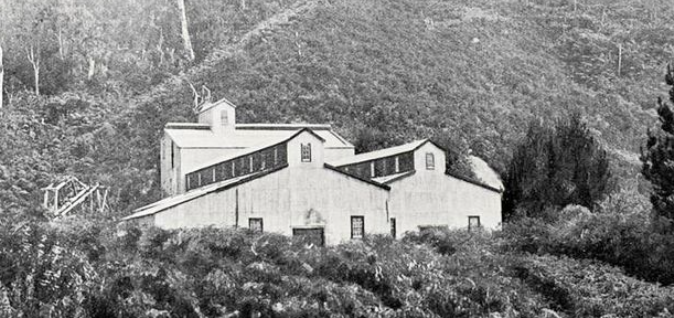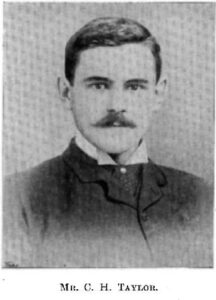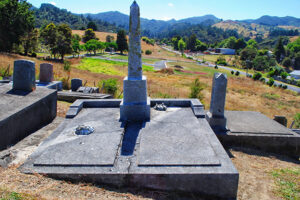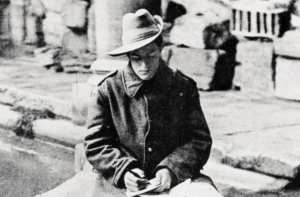As part of a Valley Profile series, MEGHAN HAWKES explores our local history by seeking out stories of life and death in the Thames Valley.
When Isaac Wade was struck on the left eye with an 8lb hammer wielded by a 16 stone man while working 1000 feet below the surface at the Ohinemuri Gold and Silver mine in Maratoto, it was a remarkable coincidence.
Isaac, an Australian, had been a miner since 1898, working in lead and silver mines. In 1908, while working at Ballarat, his left eye was slightly injured by a piece of steel. He lost part of his sight, but not enough to prevent him working. Since he had been in New Zealand, he had initially lived at Komata then later Hikutaia, working at the Maratoto mine where in 1919 he was struck across the right eye with a piece of quartz.
As a result he was obliged to wear a bandage over the eye, doing his work by the vision of the left eye. For two months after being struck with the hammer in 1922, he was able to see partially with the injured eye but afterwards the sight failed completely.
Isaac, a single man, lived near the mine, but returned to his home in Hikutaia for the weekends. He was the sole support of his widowed mother, Elizabeth, a woman of great Irish wit and generosity, known affectionately to all as ‘Granny.’ Despite his frequent injuries and setbacks Isaac also had a genial and amiable disposition. He had many friends and was also an avid sportsman.

But his vision impacted his life and Isaac went to court to claim weekly compensation payments from the Ohinemuri Gold and Silver Mines on the grounds that the accident was responsible for the total loss of the sight of the left eye. The defence said the action was brought too late and that any blindness was not caused by the accident.
Further, a miner suddenly struck blind, could not resume his work a week after the accident, as Isaac did.
Dr Pabst stated that he examined Isaac on behalf of the Government Insurance Department.
The eye had an old injury and he did not believe that Isaac had been able to see with it for many years. Isaac’s claim failed.
In November 1922 the Thames Star noted that Isaac’s many friends would regret to learn that there was every possibility of him losing one of his eyes. After medical treatment the sight seemed to return but a specialist diagnosis revealed there was little hope of saving the injured optic. Regardless, 44-year-old Isaac continued working for the Ohinemuri mine and supporting his mother. He now ran the mine’s compressor where on an August morning in 1923 he began oiling up and starting the compressor so as the necessary pressure would be available for the miners by 8am. John Leather, an old-age pensioner employed as a telephone attendant, heard a bump in the compressor building.
On going to investigate he found Isaac lying dead on the floor. The machinery had stopped with the exception of a pelton wheel. A small pulley was broken and an oil can near Isaac was badly dented. Meanwhile, John O’Sullivan, mine manager, was waiting for the air to come on.
He telephoned the compressor room, but as he got no response he walked up to it. On the way he met John Leather, who told him Isaac had been killed.
At the inquest it was established that a pulley from the engine to the compressor had burst off, fatally striking Isaac. John O’Sullivan, manager, said the machinery had been certified by the Inspector of Machinery in September. He saw no reason why the pulley should have broken but a heavy frost that morning might have affected the machinery. The coroner found that Isaac met his death through being struck by parts of a pulley. The fatality had been purely accidental and no blame was attachable to anyone.
Isaac, described as a highly respected, reliable worker and sober and industrious man, was buried at Omahu cemetery. There was a large attendance of settlers, friends and workmates as well as the officials of the Ohinemuri Gold and Silver mine.




